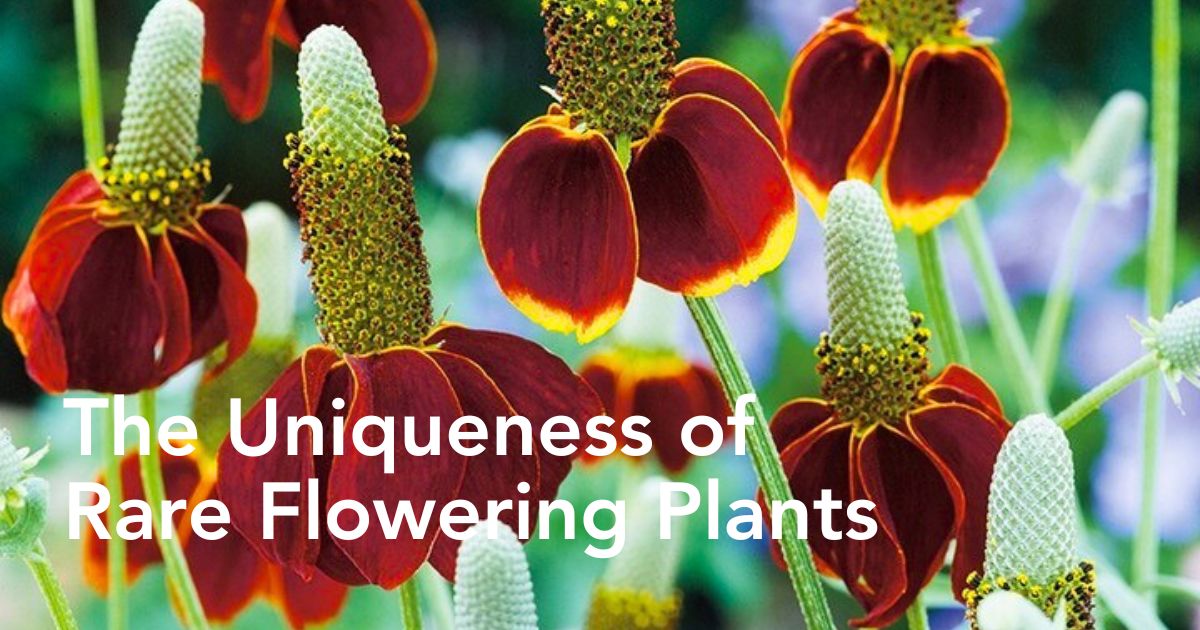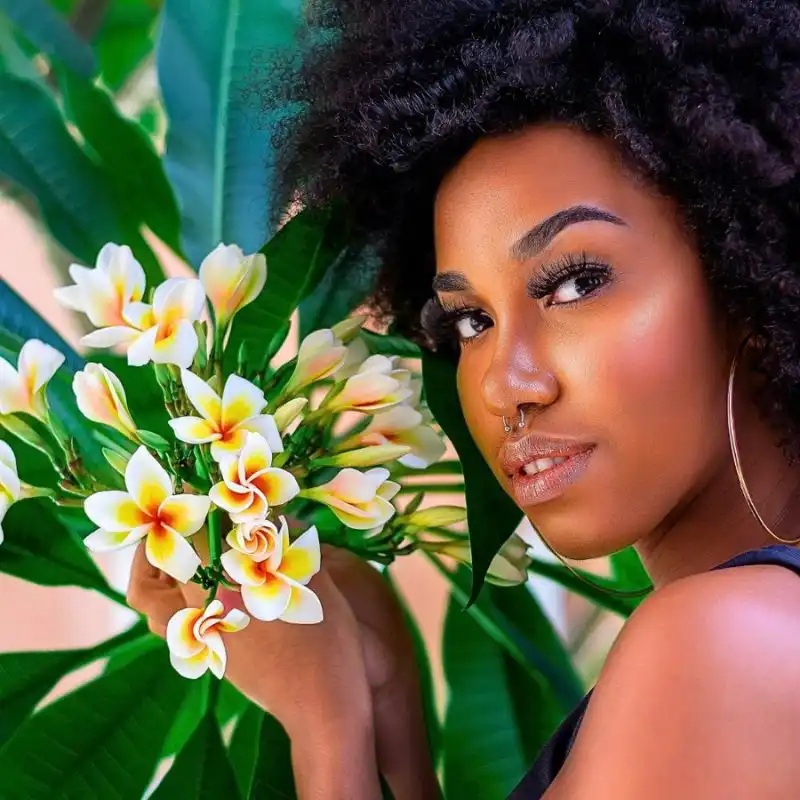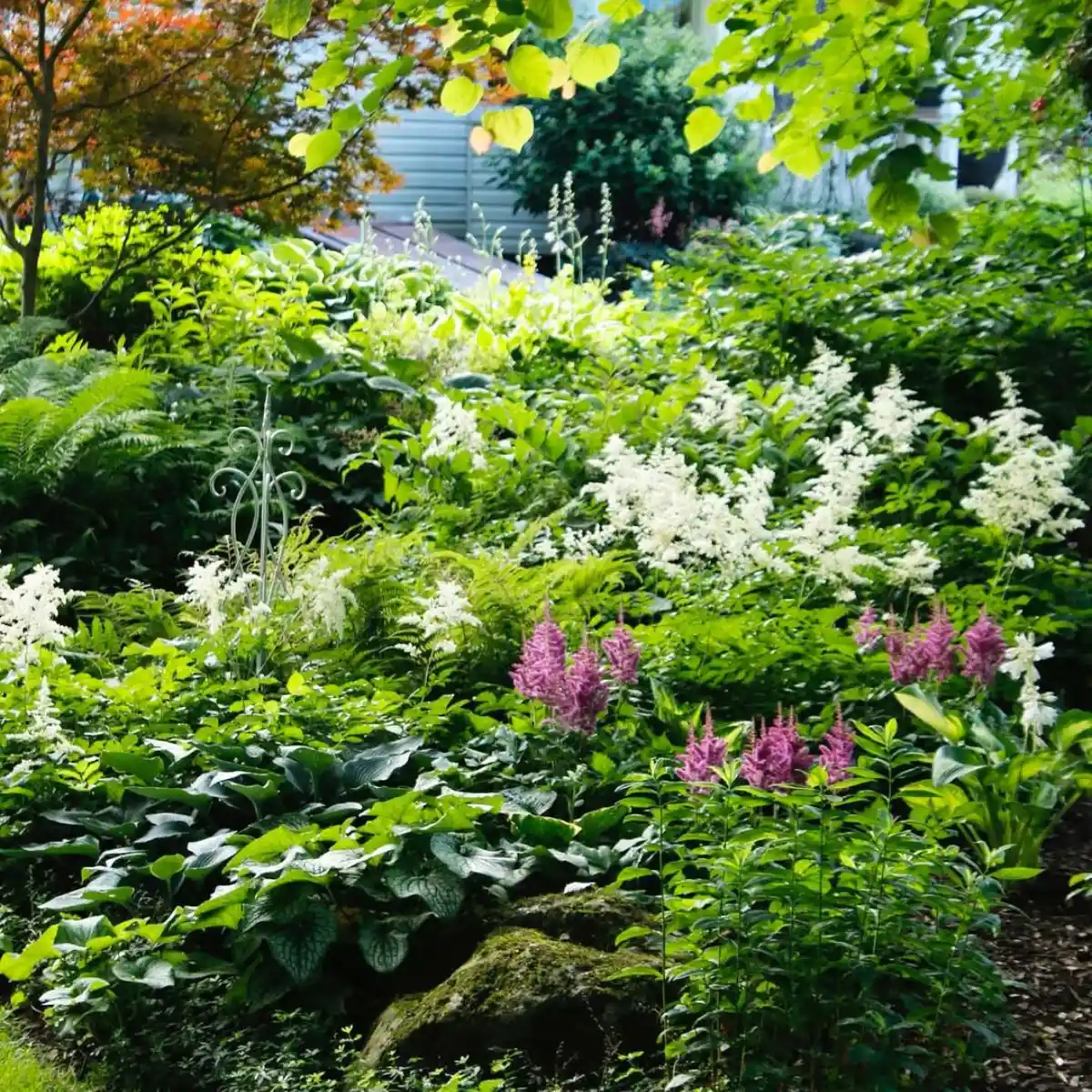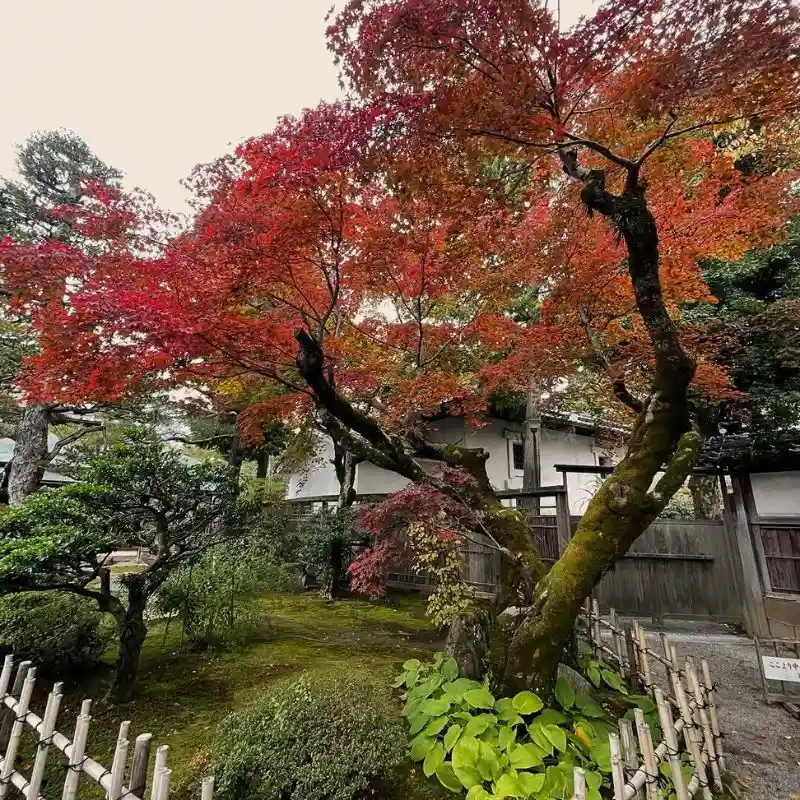The Mexican hat flower, also known by its scientific name Ratibida columnifera, is a wildflower native to North America that’s capturing the attention of gardeners, landscapers, and nature lovers. With its tall central cone and drooping petals that resemble a 'sombrero', this plant lives up to its name. Also referred to as the 'Mexican hats flower', this drought-resistant, pollinator-friendly perennial is more than just good looks—it’s a low-maintenance powerhouse that thrives in even the most unforgiving environments. Keep reading to know more about the best care handles to see it thrive.
Why Mexican Hat Flowers Are the Perfect Addition to Your Garden
The Mexican hat flower is especially known for its hardiness and adaptability. One of the biggest benefits of growing this flower is its exceptional drought tolerance and adaptability to various climates. Once established, the Mexican hat flower rarely requires supplemental watering and can easily withstand long dry spells, making it ideal for xeriscaping or wildflower gardens in dry or hot regions. It’s also deer-resistant (meaning these plants often have strong scents or textures that deer find unappetizing, making them less likely to be browsed), thanks to its aromatic foliage that naturally deters animals while adding a lovely scent to the garden.
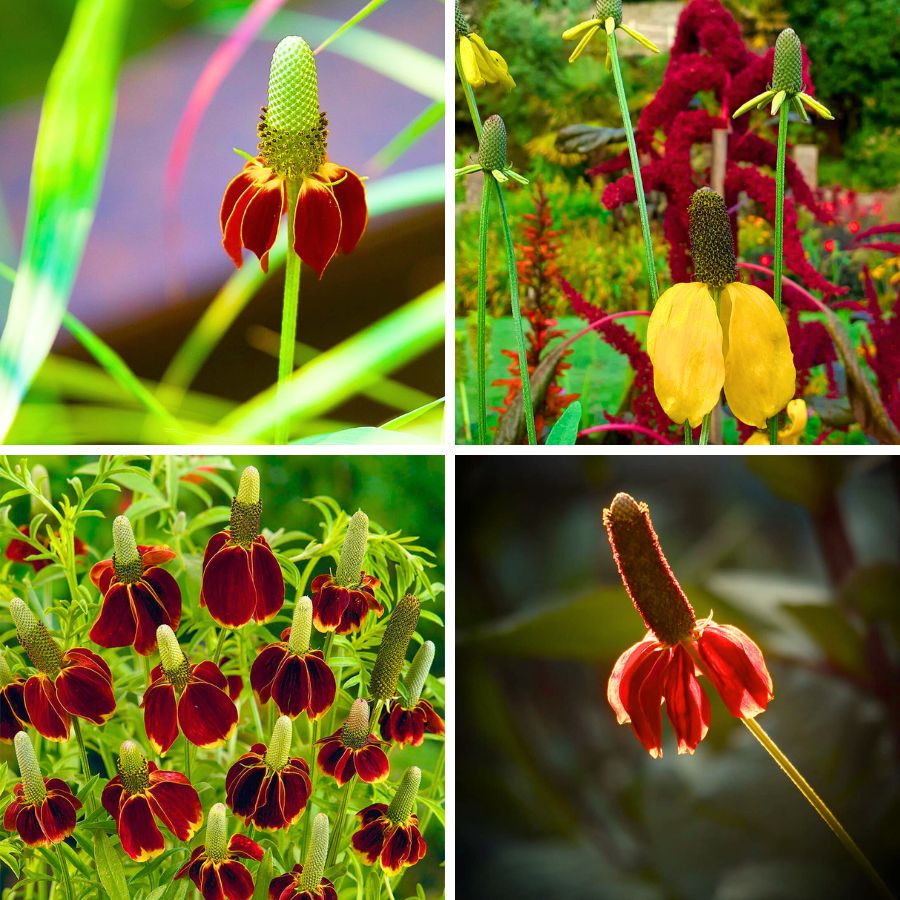
Appearance and Characteristics of the Mexican Hat Flower
Visually, the Mexican hat flower is a head-turner because of its rarity in shape and colors. Typically reaching heights between 0.3-0.9 cm (one and three feet), this plant sports deeply cut, aromatic green leaves and long, slender stems topped with eye-catching flowers mixed with bright colors. The flower head consists of a tall, brown or greenish cone surrounded by petals that curve downward, often in shades of yellow, red, or a bold bicolor mix of both. This distinct structure not only makes the plant attractive in garden beds and borders but also serves as a beacon for pollinators like bees and butterflies throughout the blooming season, which usually spans from late spring into early fall.
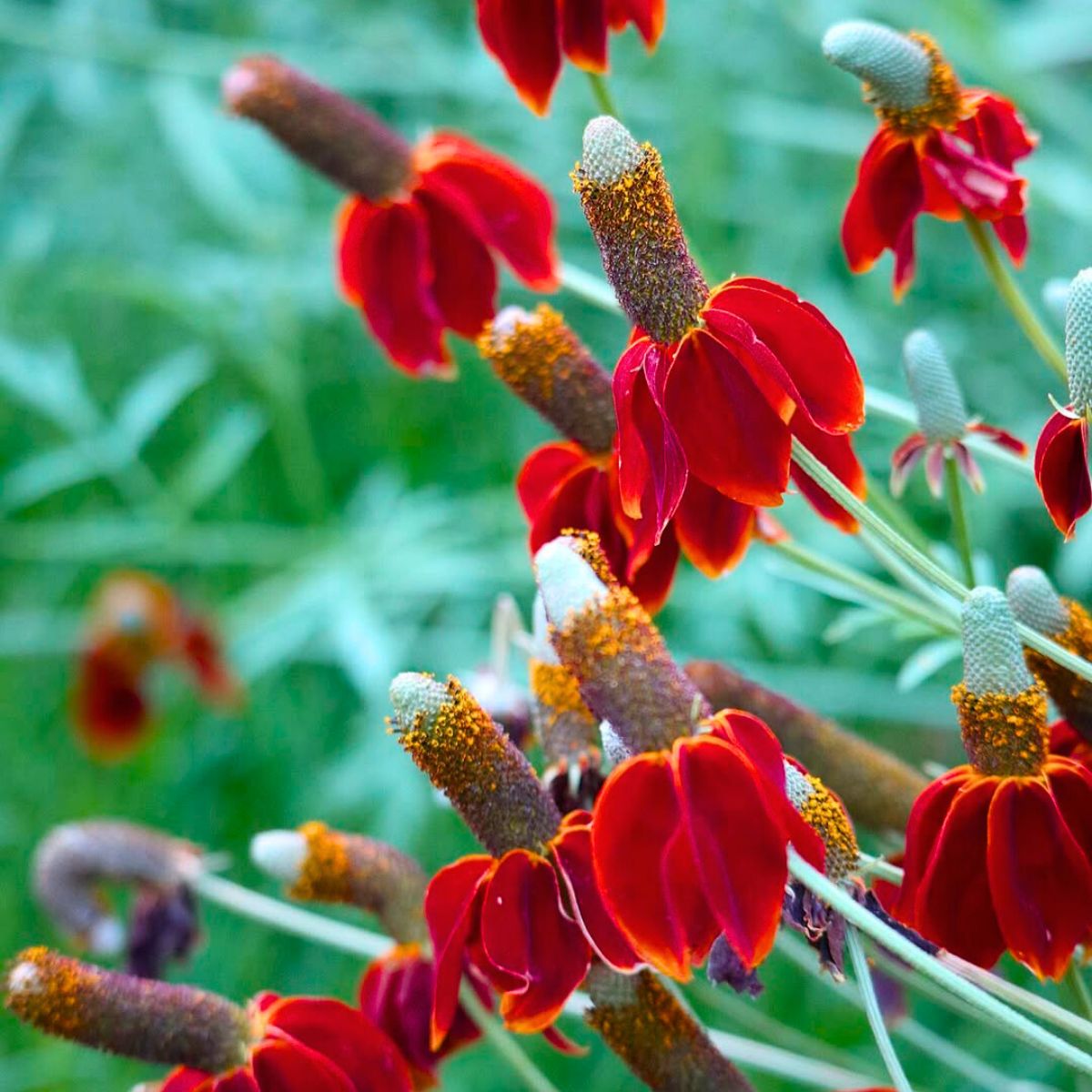
How to Care for Mexican Hat Flowers Throughout the Season
Mexican hat flower is drought-tolerant, grows best in hot and dry regions, requires full sun, and neutral or alkaline soil. Here are the full details of how to care for it for the best results.
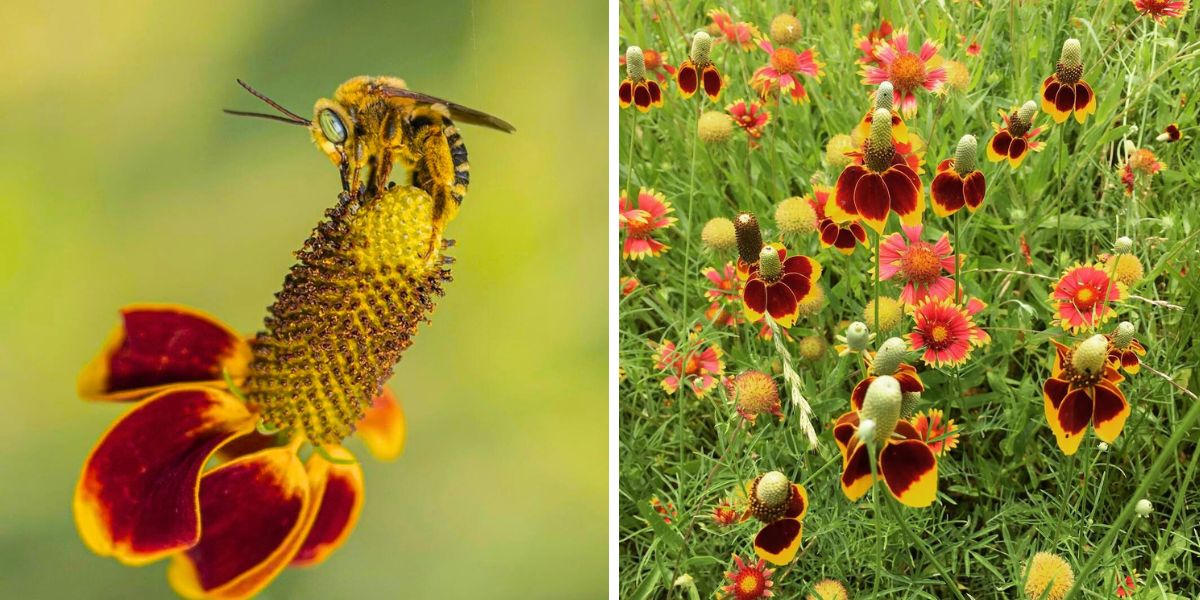
Sunlight Requirements
As a native Mexican plant, the Ratibida columnifera thrives in full sun. It can tolerate light shade, but the more sun this plant receives, the more abundant and long-lasting the bloom season will be.
Soil Preferences
Mexican hat flowers can adapt to a wide range of soil types. They can thrive even if it is dry and nutrient-poor. However, it can't cope with moisture-rich or heavy clay soil. If the soil is exceptionally moist and fertile, the plant could be choked out by taller, more aggressive species.
Watering Schedule
One of the most impressive traits of the Mexican hat flower is its ability to thrive in hot, dry climates once it’s fully established. While the plant is highly drought-tolerant, giving it occasional deep waterings can encourage a more vibrant and longer-lasting bloom throughout the summer months. Here are also some more DIY garden projects to enjoy your summer months.
In especially arid or high-heat areas, applying mulch around the base can help retain soil moisture and support healthier growth. During winter and spring, the plant generally won’t need much attention, although a bit of extra watering may be necessary if those seasons happen to be unusually dry.
Temperature and Humidity Tolerance
These plants thrive in hot and dry regions, making them an ideal choice for gardens in arid climates or areas with intense summer heat. However, too much moisture—whether from heavy rainfall, poor drainage, or overwatering—can lead to root rot and other fungal issues that threaten the plant’s health. Cold temperatures can also be problematic, especially if the soil stays wet, as this combination can cause the roots to become mushy or damaged. For best results, it’s important to plant them in well-drained soil and avoid low-lying areas where water tends to collect.
Feeding and Dead-Heading Tips
Mexican hat flowers can still thrive in nutrient-poor soils, so they generally don't need additional fertilization. However, adding a small amount of compost when the Ratibida columnifera is being planted is sometimes suggested, but only if the soil is of poor quality.
As the growing season progresses, deadheading—removing spent flowers—can help extend blooming time and encourage brighter-looking flowers. However, if you want the plants to reseed naturally and spread across your garden, you can allow the seed heads to dry on the plant. These seeds will fall to the ground and germinate the following season, often resulting in a beautiful naturalized meadow effect.
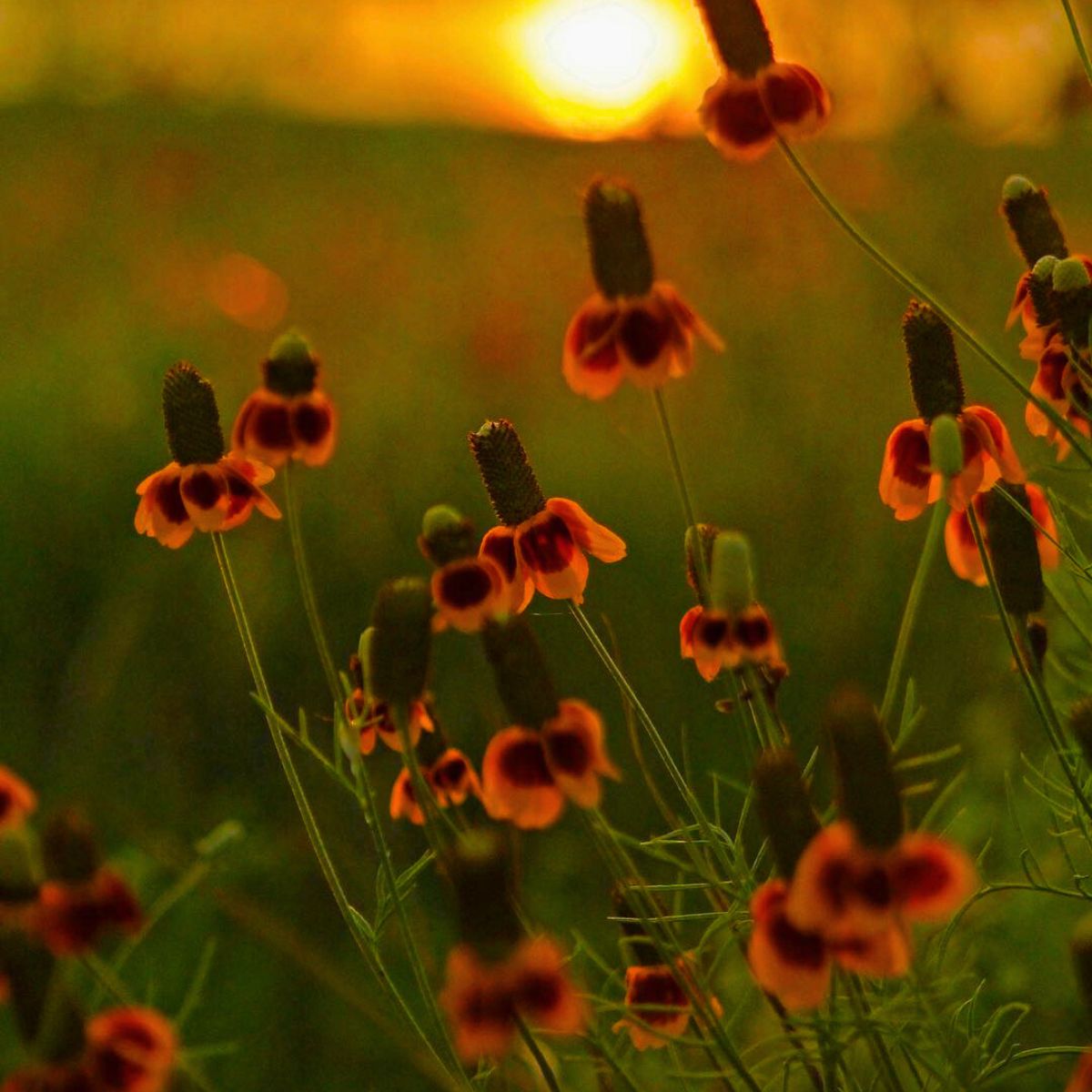
Photo: @marmstrong86
Longevity, Perennial Behavior, and Natural Reseeding
The Mexican hat flower is a perennial, but it behaves like a short-lived one, meaning each plant may only live a few years. However, because it reseeds so prolifically, gardeners often find that it returns year after year without needing to replant. This makes it ideal for anyone looking to establish a wildflower area or add a low-maintenance pop of color to borders and pathways. The plant also plays a key role in supporting biodiversity. Its flowers provide nectar and pollen for bees, butterflies, and other beneficial insects, while its seeds serve as food for birds in the fall and winter.
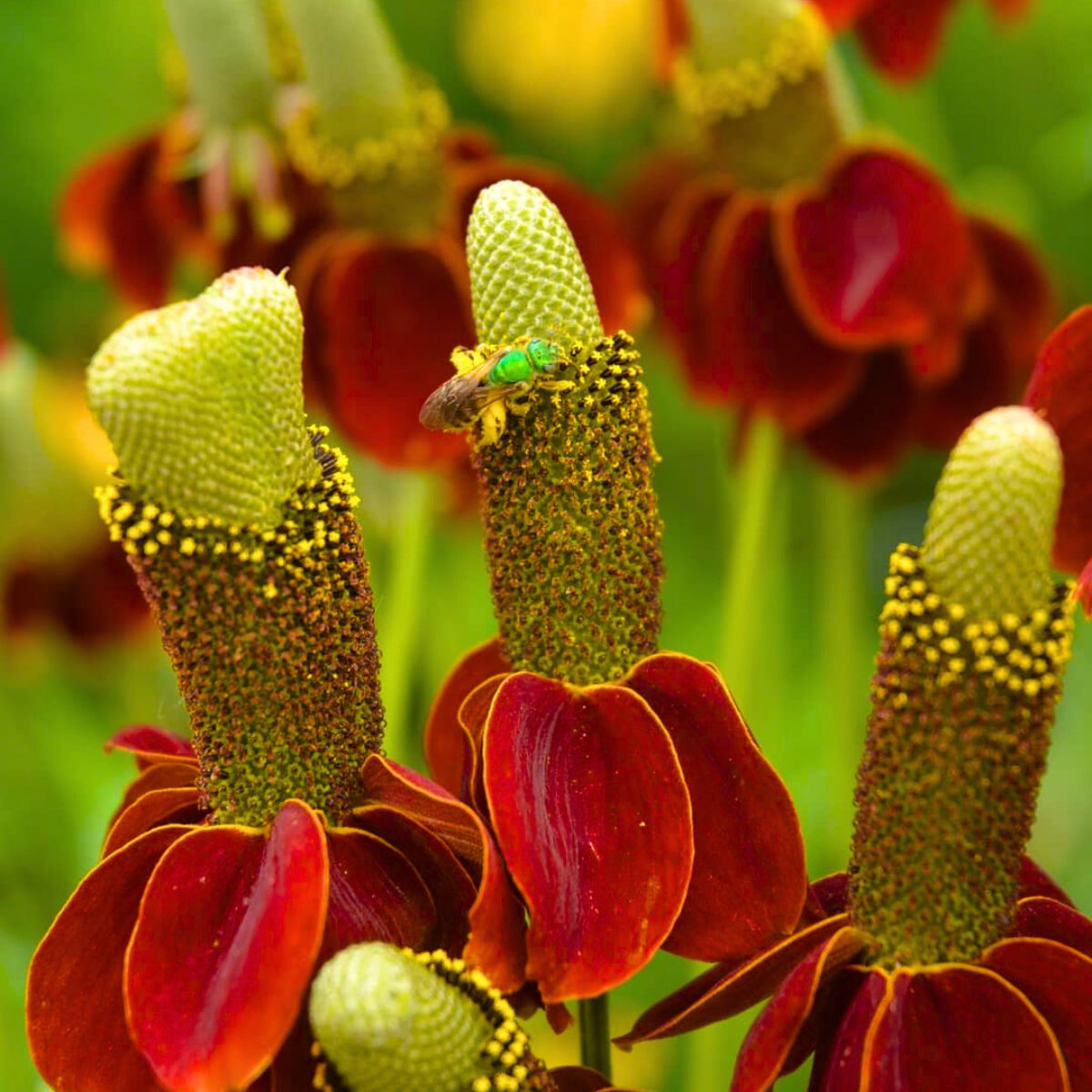
Common Growing Challenges with the Upright Prairie Coneflower and How to Avoid Them
Despite its resilience, there are a few things to watch for when growing the Mexican hats flower. Overwatering is one of the most common mistakes and can lead to root or crown rot. Always let the soil dry out between waterings and avoid planting in areas where water tends to pool. While pests are rarely a problem, aphids and beetles may occasionally show up. A quick rinse with water or an application of neem oil typically resolves any minor infestations. Diseases like powdery mildew are also rare but can develop in areas with poor air circulation, so make sure your plants are spaced properly.
Video by: @__enchanted_blooms__
Mexican Hat Flower - Landscape Uses and Aesthetic Benefits in Bouquets
Another benefit of the Mexican hat flower is its versatility in the garden. It looks stunning when planted en masse in wildflower gardens, prairie-style landscapes, or along pathways and fences. It also works well in pollinator gardens and can even be grown in containers, provided they are deep enough to accommodate the plant’s taproot. Gardeners who enjoy floral arrangements will appreciate that these flowers make excellent cut flowers, adding texture and a splash of warm color to any bouquet as well.
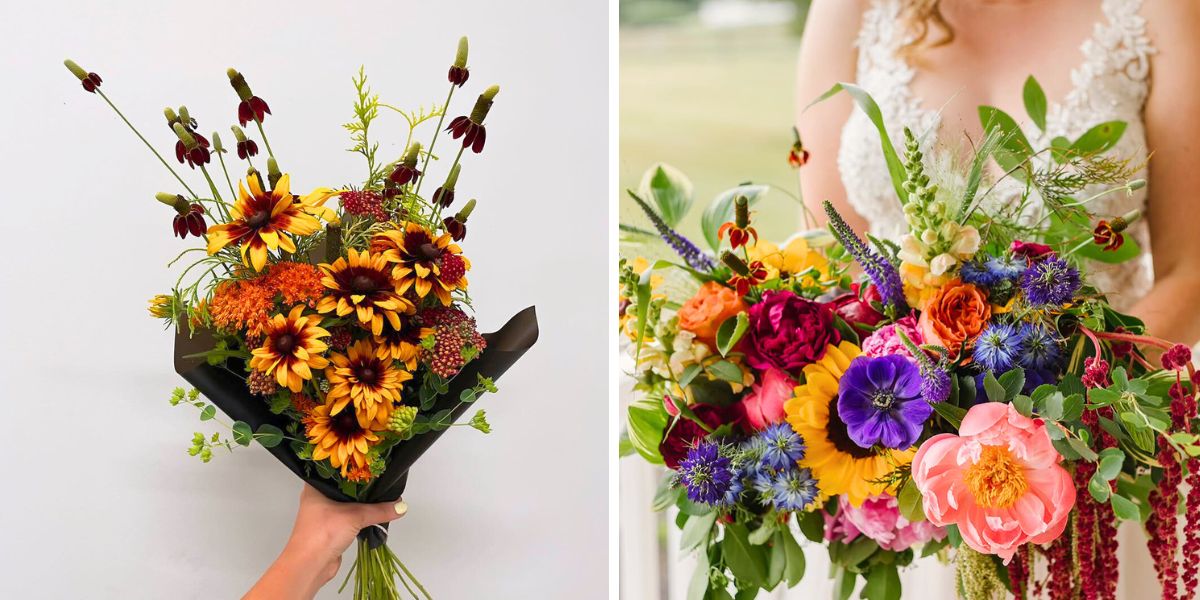
Photos by: @mo.odyblooms and @splintsanddaisies
The Mexican hat flower can be a unique addition to wedding bouquets, especially for couples who want something different from traditional floral choices. Its tall central cone and drooping petals add contrast and texture, working well alongside more common flowers like roses or lisianthus. The warm tones—usually deep reds, yellows, or a mix of both—can match late summer or autumn color schemes. It pairs well with other wildflowers or greenery, and because it's long-lasting once cut, it holds up well throughout the day without wilting. It's a simple way to introduce something distinctive while keeping the bouquet balanced and natural.
Propagating the Mexican Hat Flower Through Division
For those looking to multiply their plants, division is another option. Every two to three years, mature clumps can be divided in the spring and replanted elsewhere. This not only gives you more plants but also rejuvenates older growth and keeps the garden looking tidy and fresh. If you’re going for a more curated look in your flower beds, you can trim the plants back in late fall or early spring. On the other hand, if you want to support wildlife through the winter months, leave the seed heads intact—they provide food for birds and contribute to a natural, rustic garden aesthetic.
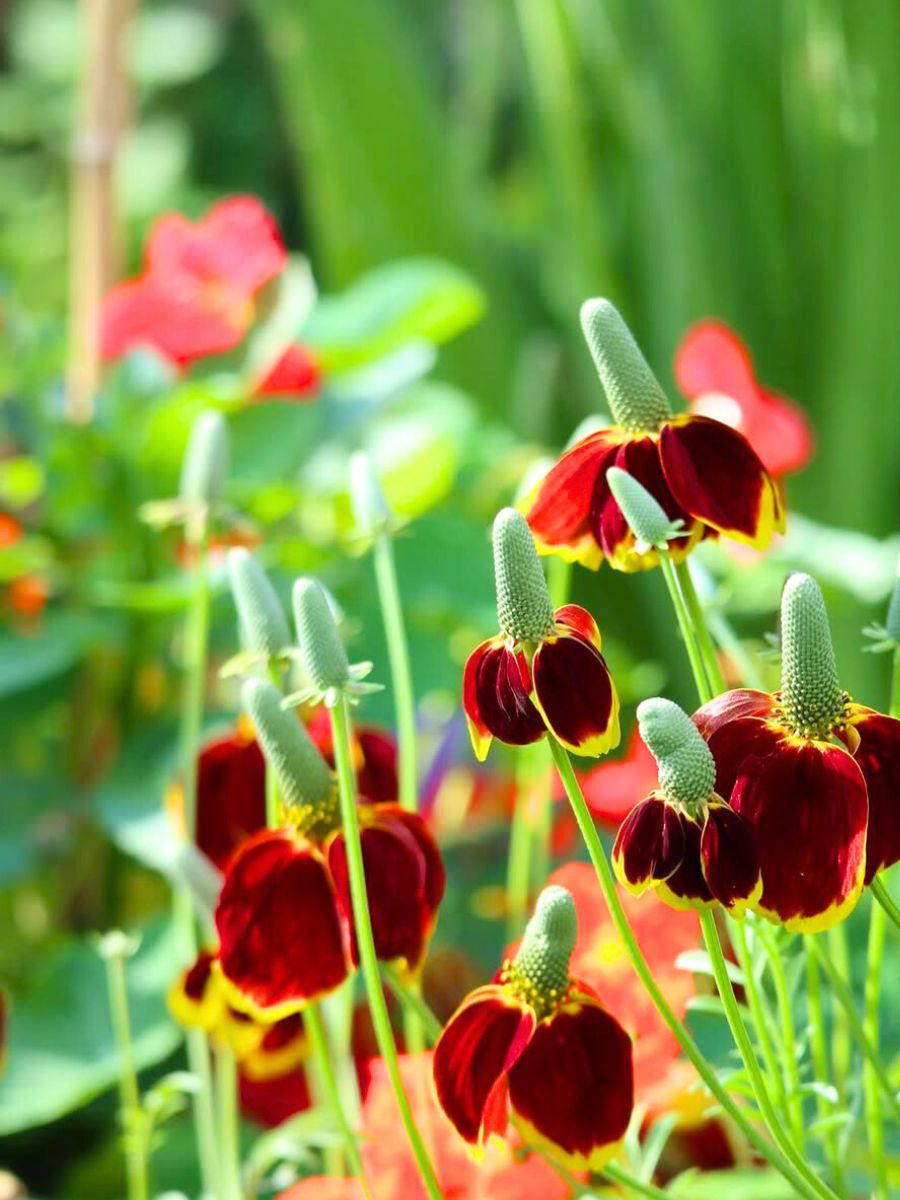
Color Variations and Popular Cultivars of the Upright Prairie Coneflower
Variety-wise, the Mexican hat flower, also known as the upright prairie coneflower, offers a few different color options. Some varieties bloom in solid yellow, while others boast deep red petals or a stunning combination of both colors. These variations allow gardeners to mix and match for maximum visual impact or to choose a specific aesthetic based on the rest of their landscape design.
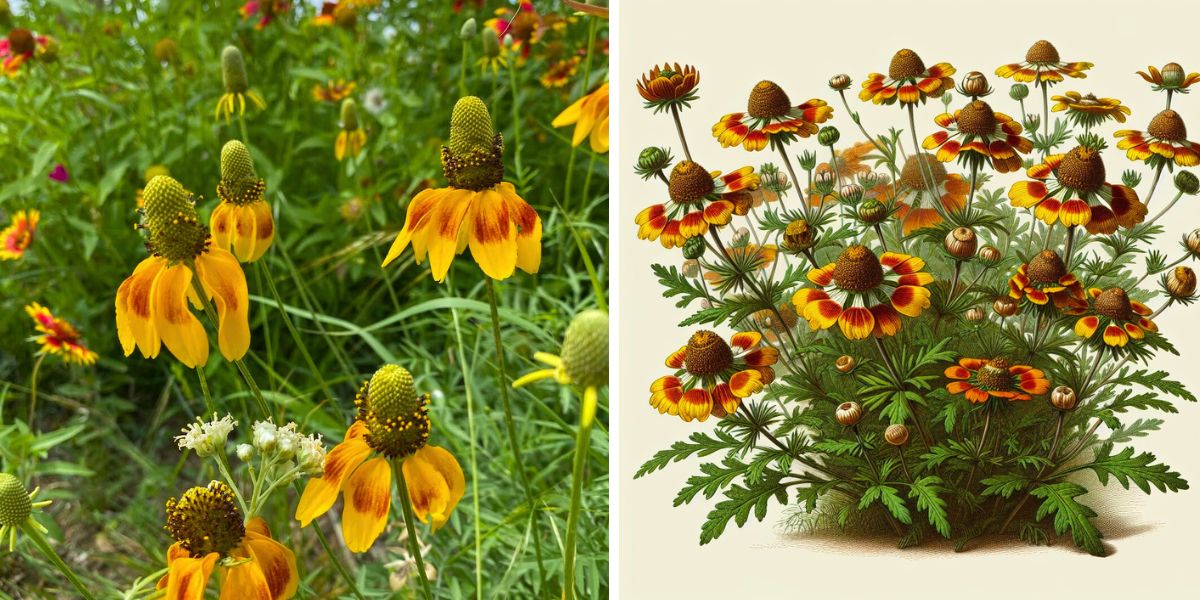
How to Plant The Seeds of the Ratibida Columnifera
Planting this beautiful variety is a straightforward process, whether you're sowing seeds directly into the ground or starting them indoors. The best time to sow seeds outdoors is in the fall so they can benefit from natural cold stratification, which encourages strong germination in the spring. However, if you're planting in the spring, you can mimic this process by refrigerating seeds in moist sand for several weeks before planting. This plant loves full sun and well-drained soil. It isn’t picky about soil type and can grow in sandy, rocky, or clay-based soils as long as drainage is good. Overly rich or moist soil, on the other hand, can lead to root rot or weak, leggy growth.
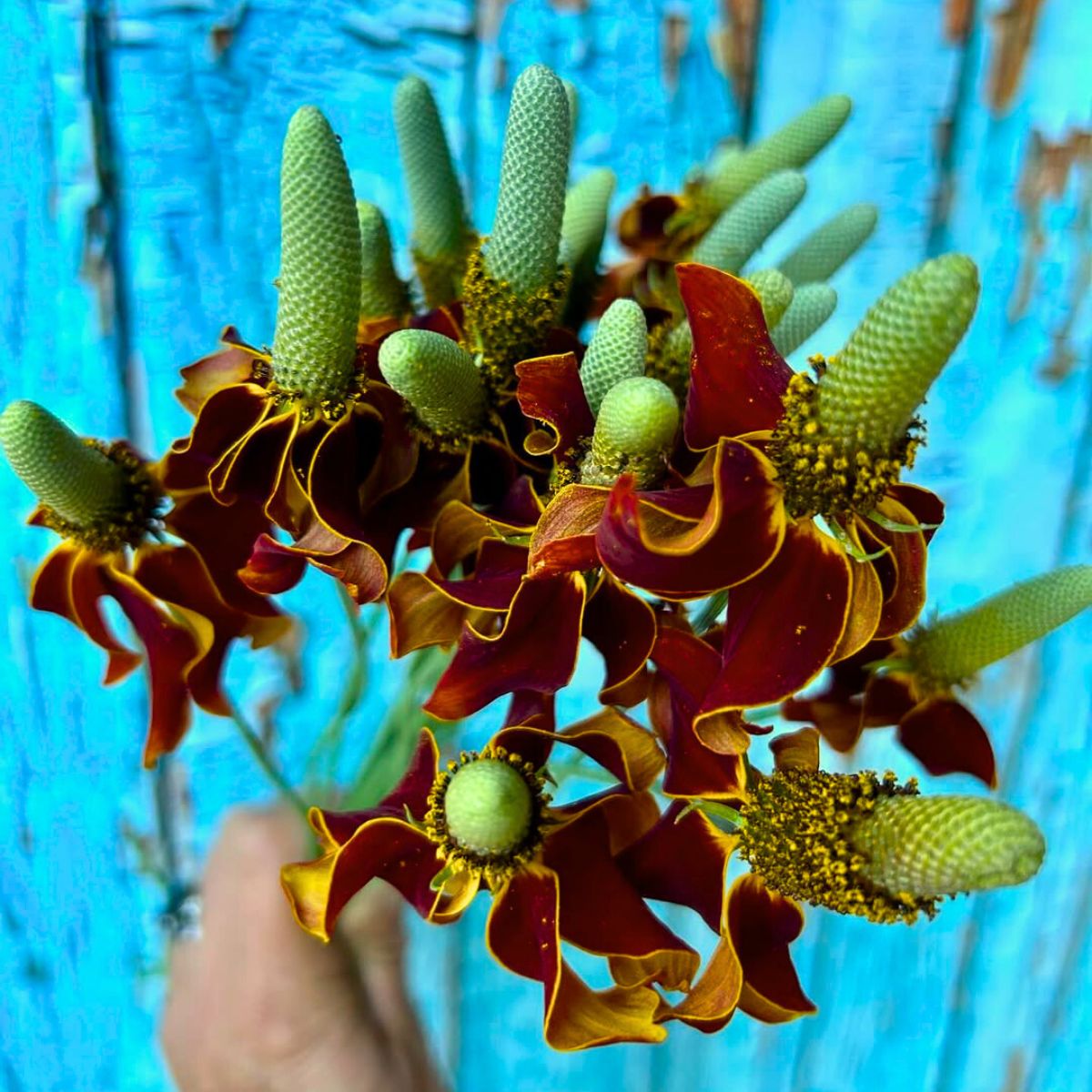
In summary, the Mexican hat flower is an unbeatable option for gardeners who want color, minimal maintenance, and strong ecological value. Its ability to withstand drought, resist pests, and reseed freely makes it a top choice for native plant enthusiasts and low-water gardeners. Whether you’re creating a pollinator paradise, brightening a wildflower meadow, or just looking to bring some colorful flowers with a unique shape to your yard, this one offers ease all in one package.
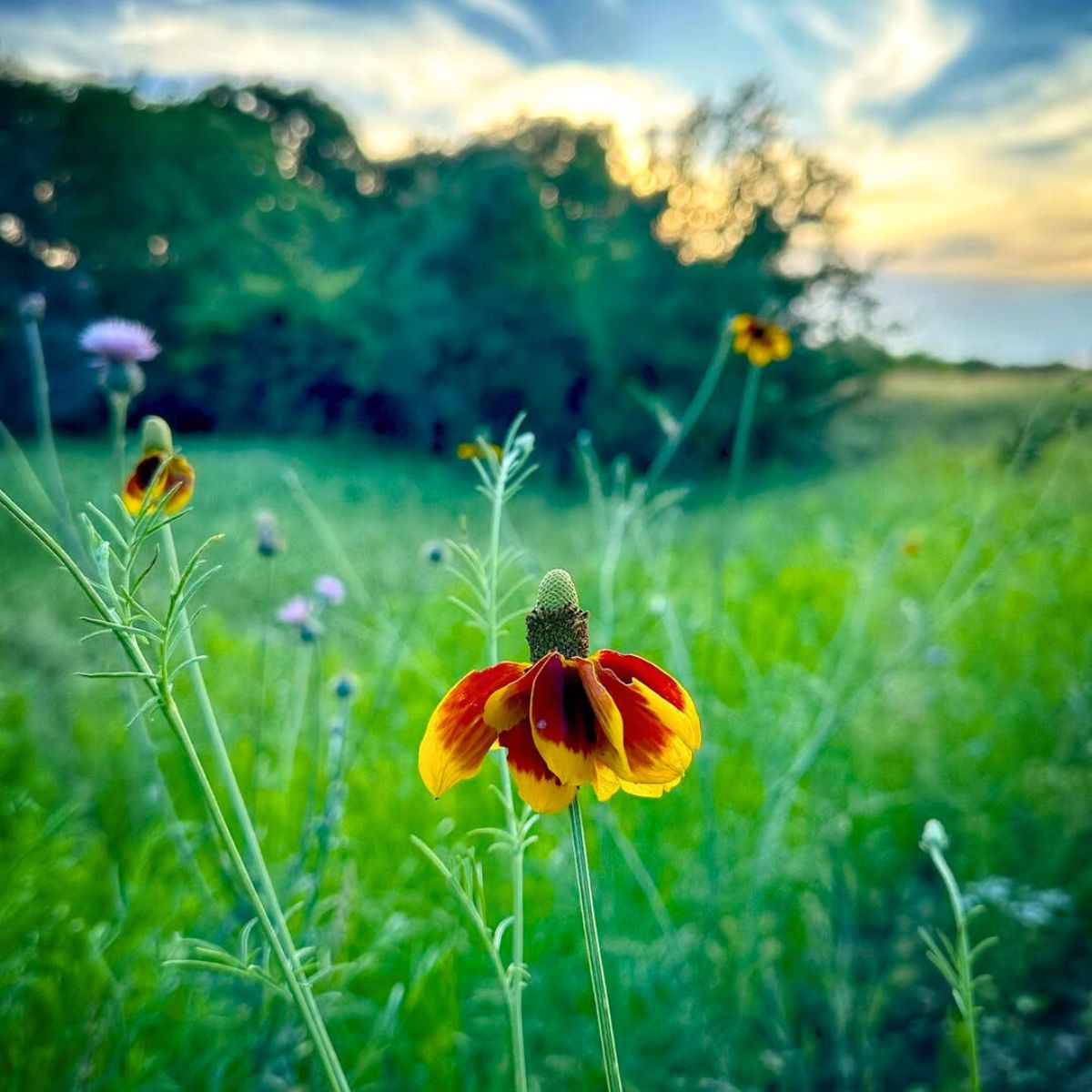
With just a little initial effort, you’ll be rewarded with a season full of color and movement—and a garden that keeps giving year after year.

